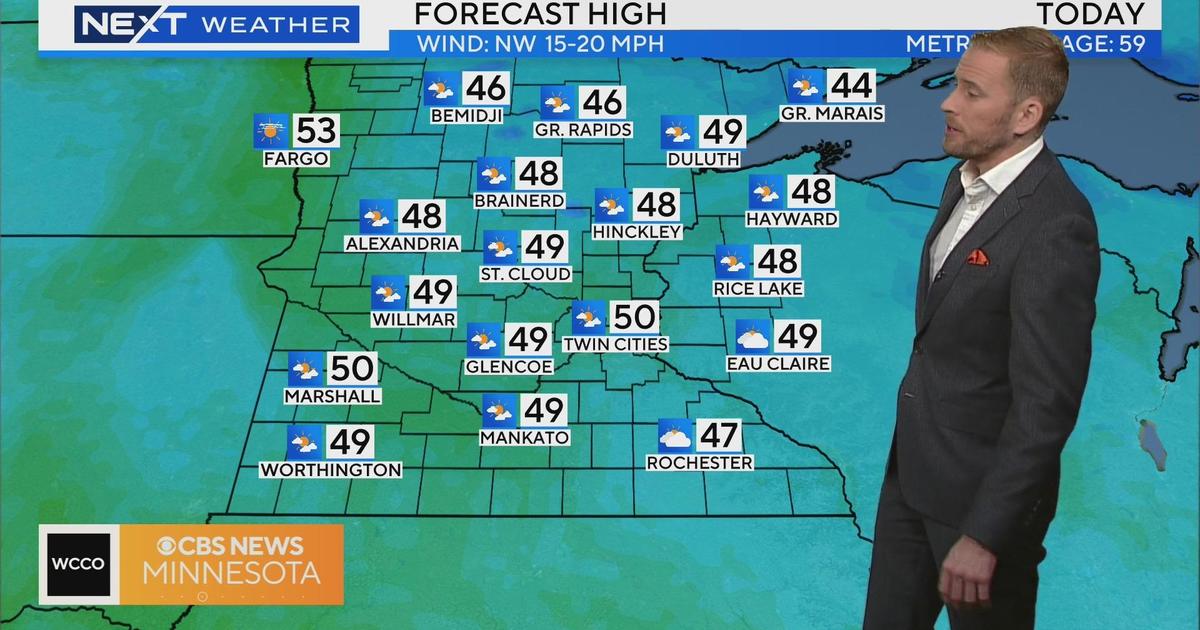Good Question: How Do Forecasters Predict Hurricanes?
MINNEAPOLIS (WCCO) -- Officials announced Monday the evacuation of more than one million people along the Carolina coasts. They are following the forecasts from the National Weather Service that show Hurricane Florence is expected to make landfill near Wilmington, North Carolina, on Thursday or Friday.
So, how do forecasters predict when, where and how hard a hurricane will hit? Good Question.
The Track Forecast Cone is created with what looks like a plot of spaghetti strings. Each of those strings correlates to a different model of how the hurricane will act. In the 5 p.m. Monday update, there were at least 20 models included in making the cone.
According to National Weather Service Senior Forecaster Joe Calderone, the most common models used are two American, a Canadian, UK and European.
"They have their own biases, their own weaknesses," Calderone said. "The hurricane specialists in Miami, they all know this."
Each model uses the same set of data that's collected from satellites, radar and buoys, as well as United States Air Force and NOAA aircrafts that fly into the hurricane. Temperature, dew points, pressure and wind speed are all some of the data points.
The models then examine that data differently. Forecasters use their own experience and where the hurricane starts in the ocean, external weather patterns and at what time of year to aggregate the data into its Forecast Cone.
Over the past 30 years, accuracy has dramatically improved. In the 1970s, forecasters could predict the center of storm within 300 miles, two days out. Now, that range has dropped to 100 miles.
"People need to take these seriously, people need to heed these forecasts," Calderone said. "There's not going to be a lot of variation at this point."



